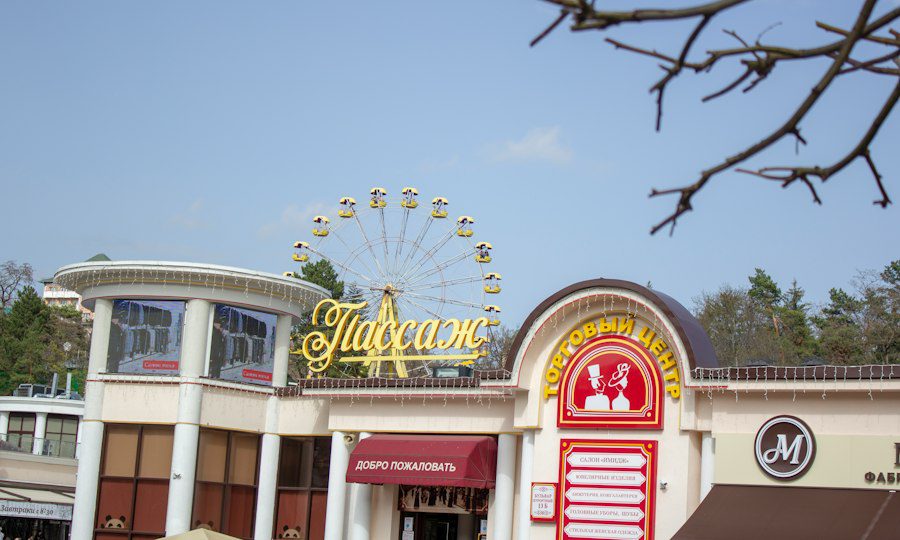The Carian people were an ancient Anatolian civilization that inhabited the region known as Caria, which is located in present-day southwestern Turkey. The origins of the Carian people are still debated among historians and linguists. Some theories suggest that they were indigenous to the region, while others propose that they migrated from other areas.
The Carian language was spoken during the first millennium BCE and was influenced by neighboring languages such as Greek and Lycian. This influence can be seen in the vocabulary and grammar of the Carian language. The Carian people were known for their seafaring skills and had close contact with other civilizations in the Mediterranean, which likely contributed to the linguistic influences on their language.
Key Features and Characteristics of Carian Language
The phonetics and phonology of the Carian language are not well understood due to the limited available texts. However, it is believed that Carian had a complex system of consonants and vowels. The grammar and syntax of Carian are also not fully known, but it is believed to have had a similar structure to other ancient Anatolian languages.
The Carian language had its own unique vocabulary and writing system. The writing system used by the Carian people was a variant of the Greek alphabet, with some additional characters to represent specific Carian sounds. The vocabulary of Carian is not well documented, but it is believed to have had similarities to other ancient Anatolian languages as well as Greek and Lycian.
Challenges in Carian Language Translation
One of the main challenges in Carian language translation is the lack of resources and expertise in the field. As an extinct language, there are very few experts who can accurately translate Carian texts. This lack of expertise makes it difficult to find accurate translations and interpretations of Carian texts.
Another challenge in Carian language translation is the limited available texts. The number of Carian inscriptions and texts that have been discovered is relatively small compared to other ancient languages. This limited corpus makes it difficult to fully understand the grammar, syntax, and vocabulary of the Carian language.
Cultural and linguistic nuances can also be lost in translation. Languages are not just a means of communication; they also carry cultural and historical significance. Translating a text from one language to another requires not only linguistic knowledge but also an understanding of the cultural context. Without this understanding, important nuances and meanings can be lost in translation.
Importance of Carian Language Translation in Today’s World
Preserving lesser-known languages like Carian is important for several reasons. Firstly, it helps us preserve our cultural heritage and diversity. Language is an integral part of any culture, and by preserving lesser-known languages, we ensure that our cultural heritage is not lost.
Understanding cultural and linguistic diversity is also crucial for fostering tolerance and respect among different communities. By studying and translating lesser-known languages, we gain a deeper understanding of different cultures and can appreciate the richness and diversity of human societies.
Carian language translation can also have practical benefits in various fields. For example, it can aid in archaeological research by providing insights into ancient civilizations and their way of life. It can also be useful in historical and linguistic research, as it can help us understand the development and evolution of languages over time.
Benefits of 24×7 Offshoring for Carian Language Translation
Offshoring refers to the practice of outsourcing work to a company or team located in a different country. Offshoring can bring several benefits to Carian language translation. Firstly, it allows access to a larger pool of translators who may have expertise in lesser-known languages like Carian. This increases the chances of finding accurate translations and interpretations of Carian texts.
Offshoring also allows for round-the-clock translation services. By working with teams located in different time zones, translation projects can be completed more efficiently and quickly. This is especially beneficial for urgent or time-sensitive projects.
Successful offshoring projects for lesser-known languages have been carried out in the past. For example, the translation of ancient Egyptian hieroglyphs was made possible through collaboration between experts in Egyptology and linguists from different countries. This collaboration allowed for a more comprehensive understanding of the language and culture of ancient Egypt.
Best Practices for Carian Language Translation

Accuracy and cultural sensitivity are key factors in Carian language translation. It is important to work with translators who have expertise in both the Carian language and the cultural context in which it was spoken. This ensures that translations are accurate and capture the nuances and meanings of the original texts.
Overcoming challenges in Carian language translation requires a multidisciplinary approach. Collaboration between linguists, historians, archaeologists, and other experts is crucial for a comprehensive understanding of the language and its cultural context. This collaboration can help fill in the gaps in our knowledge of the Carian language and ensure accurate translations.
Working with Carian language translators requires clear communication and collaboration. It is important to provide translators with as much information as possible about the texts and their cultural context. Regular communication and feedback are also important to ensure that translations are accurate and meet the desired standards.
Tools and Technologies Used for Carian Language Translation
Translation software and tools can aid in Carian language translation. These tools can help automate certain aspects of the translation process, such as terminology management and quality assurance. They can also assist in the organization and management of translation projects.
Examples of successful implementation of translation technology for lesser-known languages can be seen in the field of machine translation. Machine translation systems have been developed for languages with limited resources, such as indigenous languages in Latin America. These systems have helped increase access to information and promote the preservation of these languages.
Future of Carian Language and Translation
The future of the Carian language and translation is uncertain, but there is potential for increased interest and resources in the field. As technology advances, it may become easier to decipher and translate Carian texts. New discoveries and advancements in Carian language research may also shed light on previously unknown aspects of the language.
Continued efforts to preserve and translate the Carian language are crucial for its survival. This includes supporting research projects, providing resources for language documentation, and promoting collaboration among experts in different fields. By investing in the preservation and translation of lesser-known languages like Carian, we ensure that our cultural heritage is not lost.
The Significance of Preserving the Carian Language
In conclusion, studying and preserving lesser-known languages like Carian is important for several reasons. It helps us gain a deeper understanding of ancient civilizations, preserves our cultural heritage, and promotes tolerance and respect among different communities. Carian language translation faces challenges such as limited resources and expertise, but offshoring and the use of translation technology can help overcome these challenges. By investing in the preservation and translation of the Carian language, we ensure that our cultural heritage is not lost and that future generations can learn from our past.
If you’re interested in the Carian Language, you might also find this article on data annotation and labeling helpful. It discusses the importance of accurately labeling data for machine learning purposes and provides insights into the process. Check it out here.
FAQs
What is the Carian language?
The Carian language is an extinct language that was spoken in ancient Caria, a region located in southwestern Anatolia, modern-day Turkey.
When was the Carian language spoken?
The Carian language was spoken during the first millennium BCE until the Hellenistic period, around the 3rd century BCE.
What is known about the Carian language?
Very little is known about the Carian language as there are very few surviving texts written in Carian. Most of what is known about the language comes from inscriptions found in Caria and from references made by ancient Greek writers.
What script was used to write the Carian language?
The Carian language was written using a script that is believed to have been derived from the Greek alphabet. The script is known as the Carian alphabet.
What is the relationship between the Carian language and other languages?
The Carian language is believed to be related to the Hittite language, which was spoken in ancient Anatolia. However, the exact nature of this relationship is not well understood.
Why did the Carian language become extinct?
The Carian language became extinct due to the gradual Hellenization of Caria, which was brought about by the influence of the ancient Greeks. As a result, the Carian language was gradually replaced by Greek.
